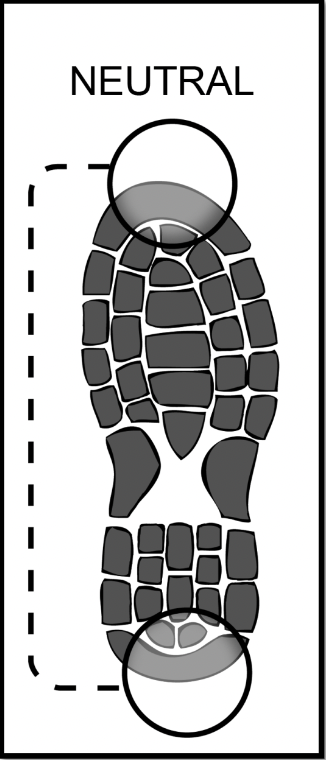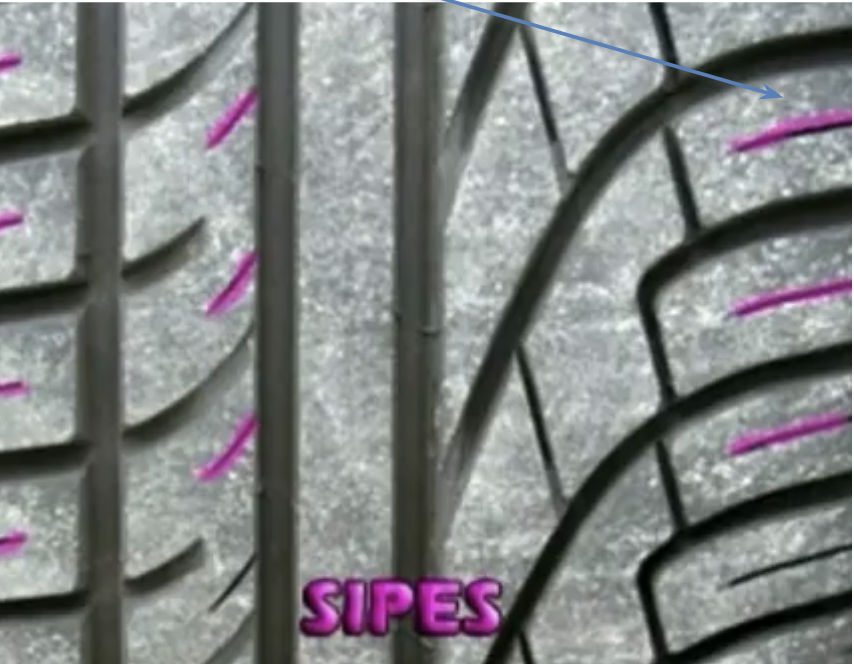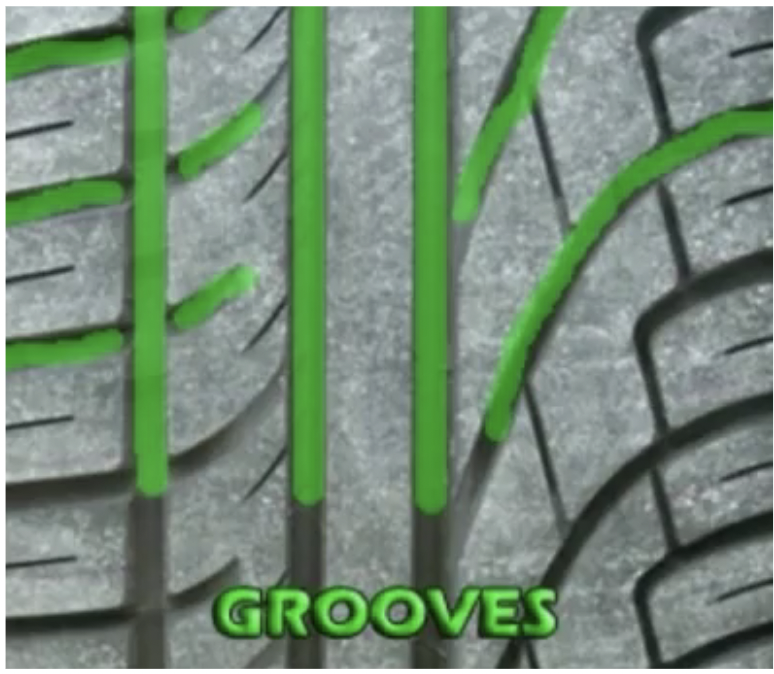Unit 3 - Shoe + Tire impressions
1/21
There's no tags or description
Looks like no tags are added yet.
Name | Mastery | Learn | Test | Matching | Spaced |
|---|
No study sessions yet.
22 Terms
Difference between 2D and 3D shoe imprint:
2D is patent e.g. footprint is in blood
3D is plastic e.g. cast can be made from footprint
How should footprints be photographed?
Measure length + width
Sources of light are shined at low angles on the footprint to give more depth
Tripod is placed 90 degrees above the footprint to take photo
What information can be gained from fingerprints?
Sex: male/female
Height of the person
Entry and exit of the location
Whether suspect was running/limping
Whether suspect was carrying something heavy
Size, type & make of shoe
Examples of class features in a fingerprint include:
Logos
Pattern of shoe
Examples of wear features include:
fading/discoloration/over pigmentation at any part of the shoe
Examples of individualizing/accidental/minutiae characteristics include:
Neutral pronation
Over pronation
Under pronation
Neutral pronation
even wear patterns on the footprint

Over pronation
Wear patterns on the inside of the body (top left + bottom right)

Under pronation/supination
Wear pattern on the outside of the shoe (pointing away from the body)

Footprints of a man
Toes are pointed slightly outward/straight
Footprints of a women
Toes are slightly pointed inwards
Footprints of someone carrying load
Prints are consistently deeper on one side, then person is carrying load on that side
Footprints of someone running
Footprints are deeper on the front foot than the back foot and stride is long
Tread blocks

Sipes

Grooves

Pitch length
distance until a pattern repeats itself
Directional tread design
designed to roll forwards not backwards
snow tires + wet weather tires have this design
tires channel water/snow away
V shape formed by grooves
Non directional symmetrical design
left and right side are mirror images
no specific direction of rotation
Asymmetric tread design
both halves have different pattern
best for turning ability
Individualizing minutiae
wears and tears
foreign object e.g. stone
Problems with tire evidence:
Surface conditions need to be good
hard packed sand —> better
softer sand —> worse
Material can “blow into” or fall back into impression
Note: Physical impressions of tires on human skin is possible